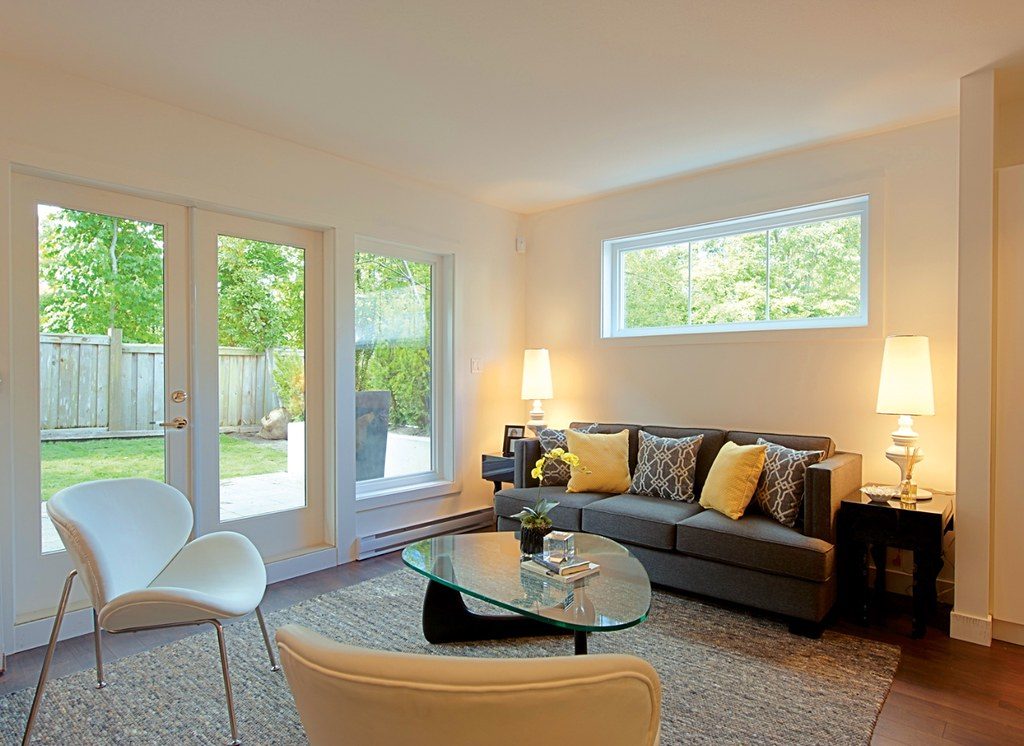
We mostly think of air pollution as an outdoor problem. The primary culprits are vehicle and factory exhaust as well as occasional wildfire smoke. What we don’t think about is the air quality inside our own homes.
Researchers at Washington State University have found that indoor pollution levels can be surprisingly high and that they vary throughout the day and increase as temperatures rise.
Indoor air pollution comes from a variety of sources, including building materials, furniture, household chemical products, and from activities like cooking. One of the most serious pollutants is formaldehyde, which often is emitted from gypsum wallboard. About half of the gypsum used in homes as drywall is made from waste products from the coal industry. When the material is heated, formaldehyde and possibly even mercury can be emitted.
Pollutant levels rise in homes as temperatures increase. Thus, the highest levels of pollution occur in the afternoon and the lowest are in the early morning. Before this research, manufacturers and builders assumed that pollution levels were pretty much constant over time.
Building laws require that homes are structurally sound, and that people are comfortable, but there is little regulation of air quality in people’s homes. One of the best ways to clear out harmful chemicals is with ventilation to the outdoors. But with increased concern about reducing energy use, builders are making homes more airtight, which may inadvertently be worsening the problem.
We need to balance making more energy efficient homes with protecting our health by being aware of the dangers that lurk in the air in our homes. Running the air conditioning or opening windows are good things to do.
**********
Web Links
Researchers uncover indoor pollution hazards
Photo, posted October 14, 2010, courtesy of Flickr.
Earth Wise is a production of WAMC Northeast Public Radio.
Hi Randy, I always stop to listen to your uplifting 2 minutes. This indoor pollution segment had the comment “building laws… little regulation of air quality. One of the best ways to clear out the air is to open a window,”
This is true to a degree in older homes but is somewhat misleading regarding the advances in heat recovery ventilating systems in new homes. During my Mass Construction Supervisor update we learned that the new homes will be required to meet more stringent infiltration standards and will be required to have mechanical ventilation. This code was accepted in Massachusetts on 1-1-18.
The reference is N1103.6(R403.6in the attached.
https://www.mass.gov/files/documents/2018/06/08/Chapter%2011%20Energy%20Efficiency%20Amendments.pdf